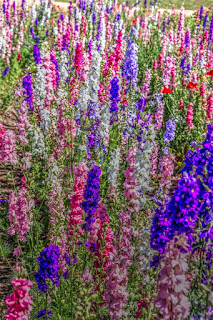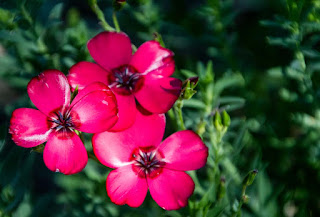Luckenbach,
Texas
Yes, there
really is a Luckenbach, Texas! There was
a country western song written and performed by Waylon Jennings, Willie Nelson,
and probably other country western musicians, which made the town famous. So, since it was close to where we were
staying in Fredericksburg (only 13 miles away), we had to go and check it out
(even if I’m not a country western fan!)!
Luckenbach
Sign
The town of
Luckenbach is really tiny – it consists of 9.142 acres. The Luckenbach website
lists "412 Luckenbach Town Loop, Fredericksburg, TX 78624" as the
physical address for GPS navigation, just in case you want to swing by it
sometime!
Luckenbach,
Texas Post Office and General Store
This
building is Luckenbach’s oldest building and is a combination post office, general
store and (in the back) saloon reputedly opened in 1849 (1886 is more likely.
Luckenbach was first established as a community trading post, one of a few that
never broke a peace treaty with the Comanche Indians, with whom they traded. The post office was actually closed down on
April 30, 1971 and the zip code, 78647, was officially retired.
Big Town
Luckenbach's
population increased to a high of 492 in 1904, but by the 1960s it was almost a
ghost town. A newspaper advertisement offering "town — pop. 3 — for
sale" led Hondo Crouch, a rancher and Texas folklorist, to buy Luckenbach
for $30,000 in 1970, in partnership with Kathy Morgan and actor Guich Koock.
Today Luckenbach maintains a ghost-town feel with its small population and
strong western aesthetic. There are two
main buildings – one of which you saw above.
The second is a dance hall.
Still in the
Woods
We came
across this building as we were driving just outside Luckenbach. I’m not certain, but I’m thinking that it
might be an old still used for making moonshine…..who knows? It may still be used! I applied a vintage effect to the image, just
to reinforce yesteryear when, I think, there were more of these around.
To end this
post, I thought I’d close with a couple of lyrics from the song – “Maybe it’s
time we got back to the basics of love….Out in Luckenbach, Texas, there ain’t
nobody feelin’ no pain.”
Enjoy!


























































